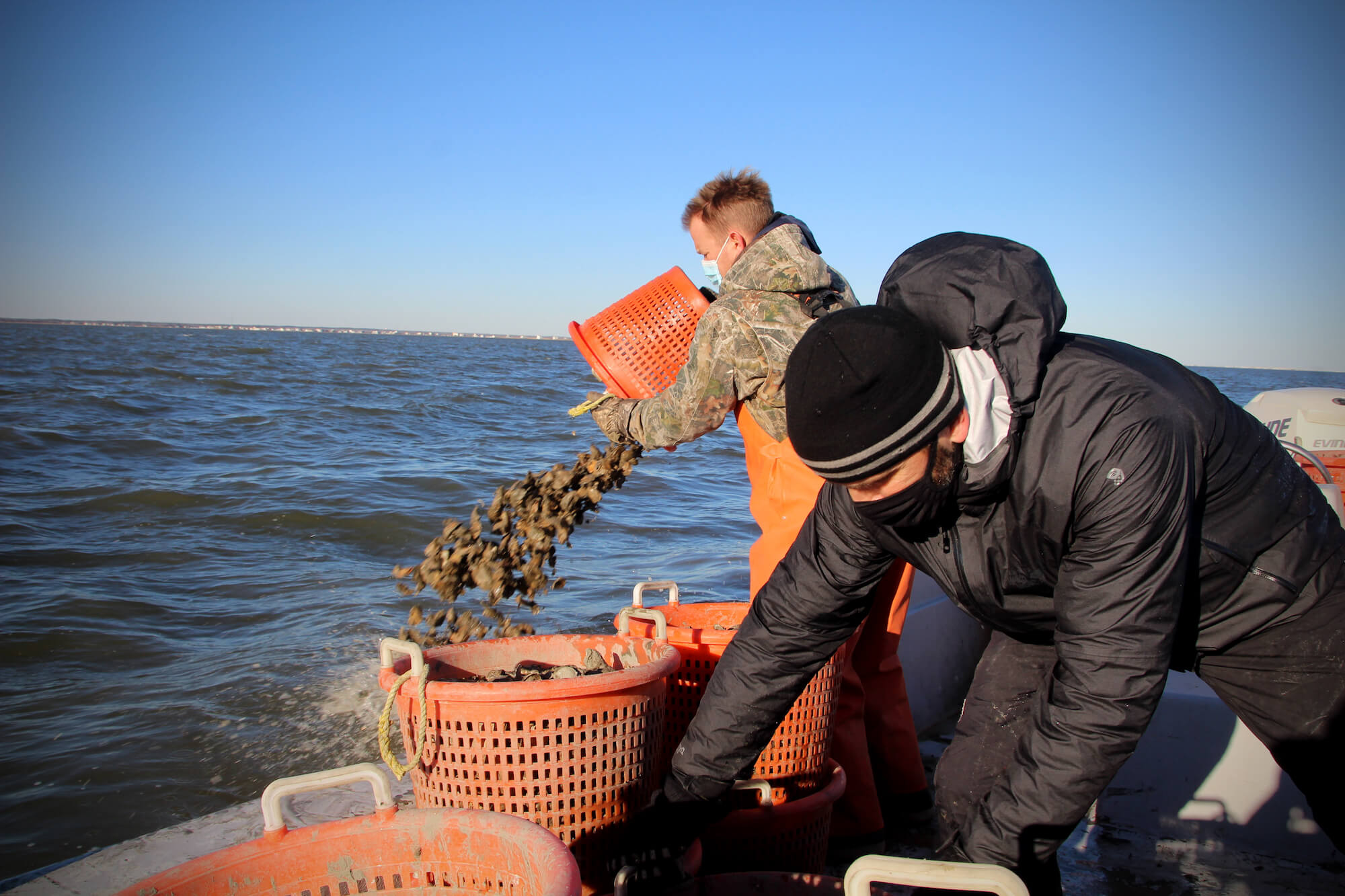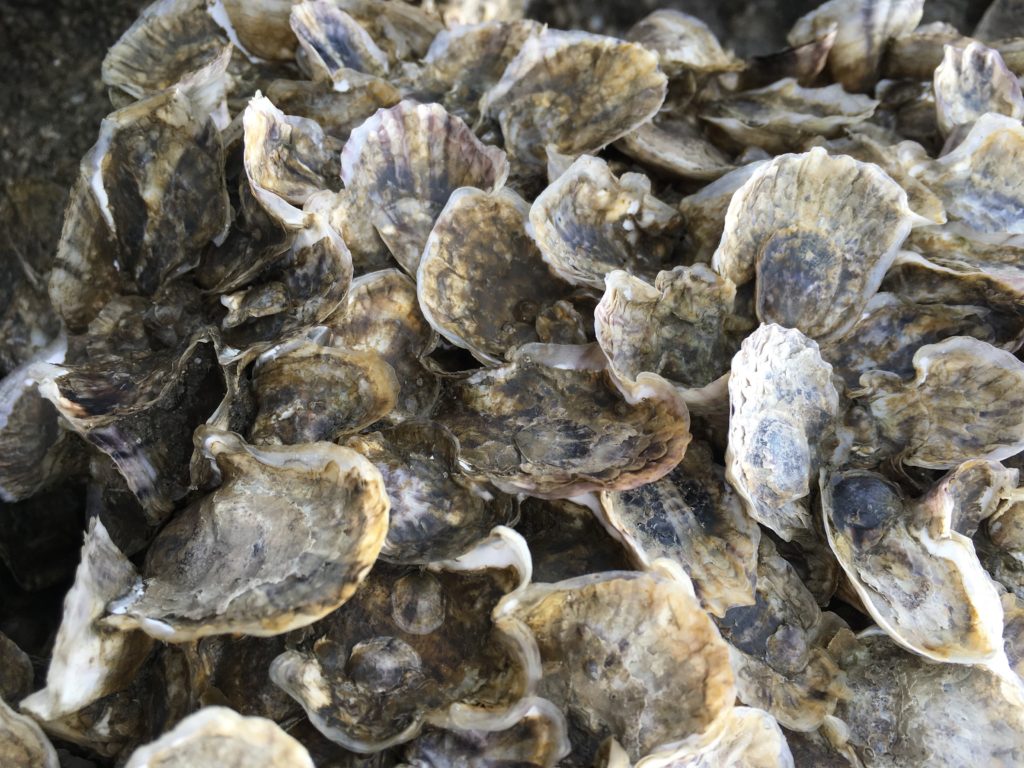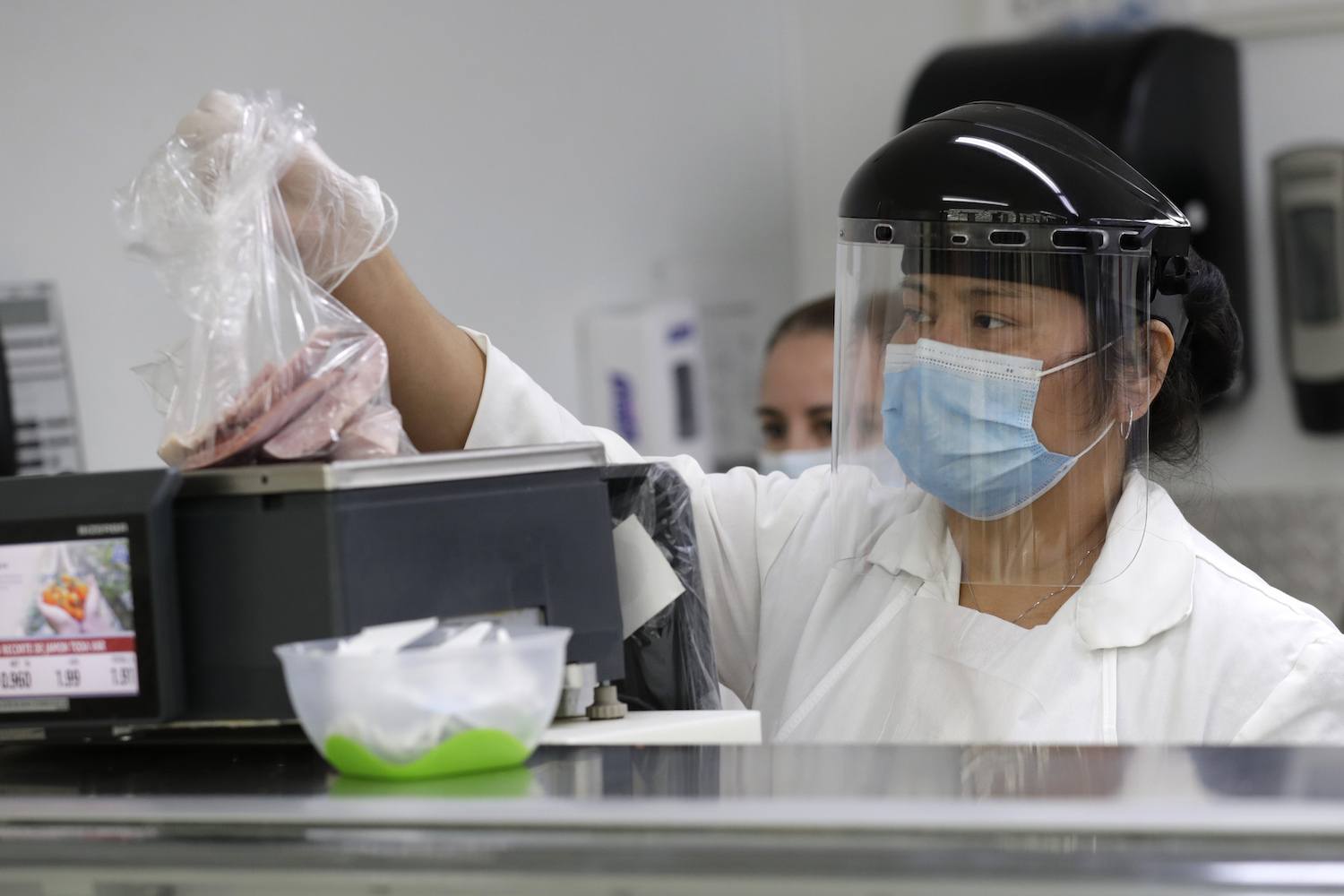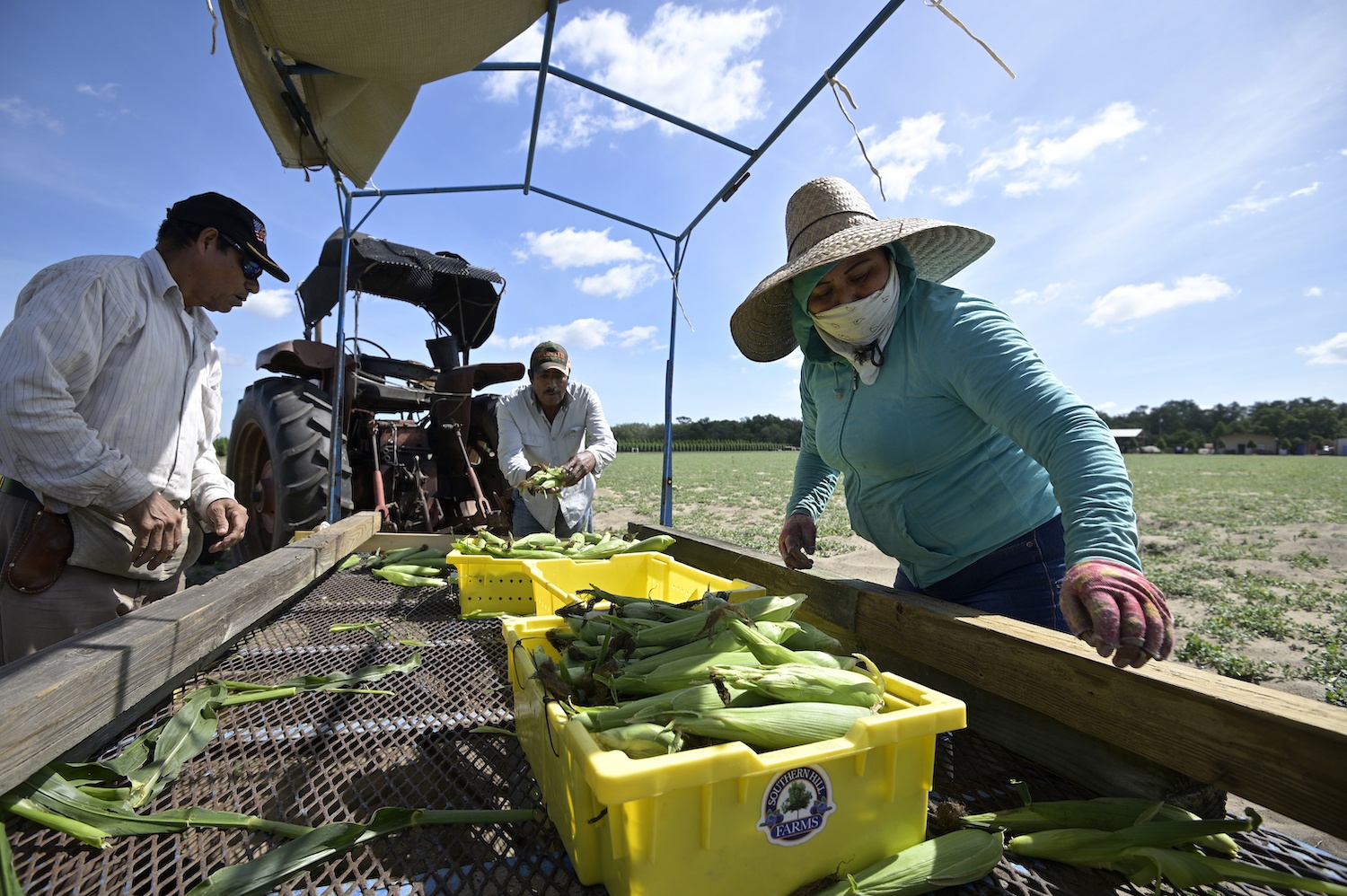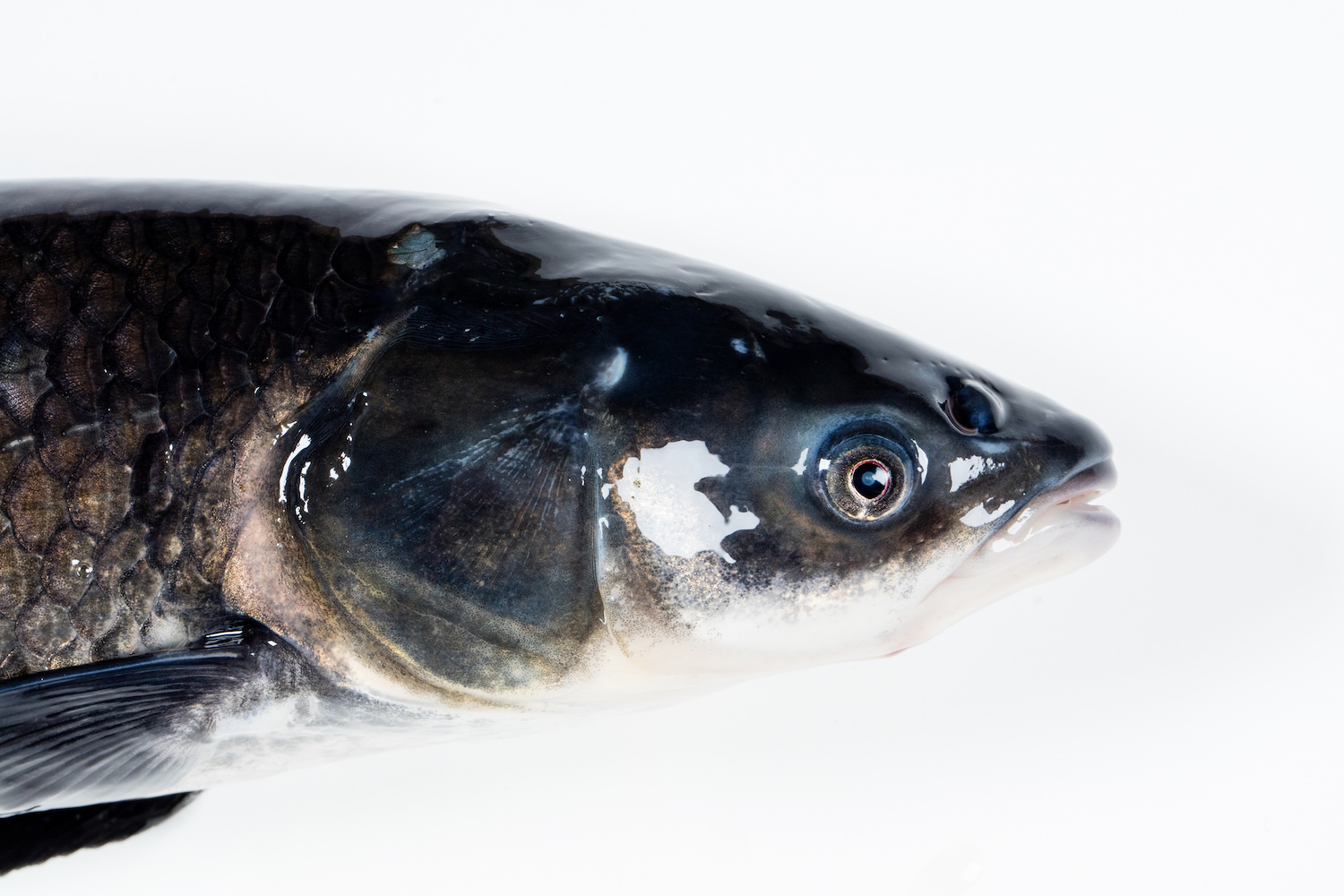Researchers are fighting to protect the biodiversity of Florida’s Indian River Lagoon before it’s too late
University of Central Florida researcher Casey Craig and her team of volunteers are trying to save the Indian River Lagoon. Known for its immense biodiversity, the lagoon is home to nearly 2,000 plant species, 600 fish species, and 300 bird species, making it the most biodiverse estuary in North America. The Indian River Lagoon is being infiltrated by multiple sources of microplastic pollution, causing a threat to the species that live there, including manatees, pinfish, and seagrass, reported Xander Peters at The Bitter Southerner. Thirty-five species are cited to be threatened or endangered, more than any other estuary on the continent. Researchers examined the effects of microplastics on the health of oysters in the lagoon. Without the oysters, the entire ecosystem could fail, largely a result of wastewater flowing into the lagoon from growing human populations.

